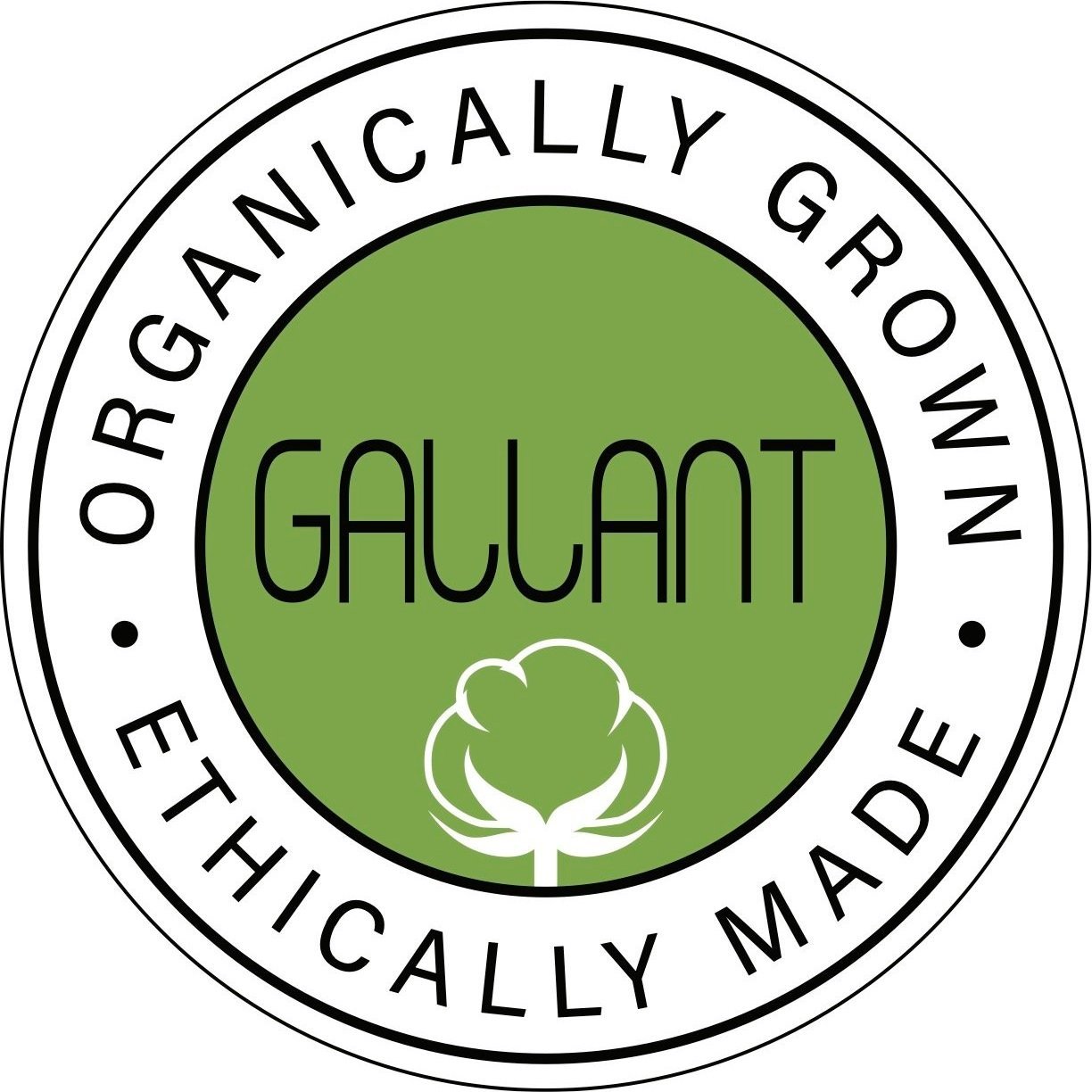What is Pollination? Understanding Its Critical Role
Pollination is an intriguing mechanism in the realm of nature. It is the process of transferring pollen from the male to the female portions of the same or different plant to reproduce. Most flowering plants need to have connections with pollinators (living species) to reproduce- bees, butterflies, beetles, and ants, for example. They have a mutualistic connection in which both parties gain. The pollinator enjoys food rewards offered by the flower, predominantly nectar, and pollen. Meanwhile, the plant can reproduce and share genetic material with other plants, thanks to the pollen passage.
Types of Pollination
Pollination can be either self-pollination or cross-pollination. Self-pollination takes place between flowers on a single plant, either on the same flower or other flowers. Cross-pollination occurs when pollen from one plant's flower travels to another plant's flower of the same species. The pollen grains of plant species have specific forms, sizes, and compositions, which help in protecting the stigma from germinating pollen grains into different species.
Aside from living species, wind also helps in the transfer of pollen grains. However, wind only transfers the lightweight pollen grains that are easily dispersed by air currents resulting in mostly tiny and unnoticeable flowers. Animal-pollinated flowers, on the other hand, are colorful, large, fragrant, and nectar-filled.
Why Is Pollination Important?
The process of pollination enhances the diversity within the plant kingdom, which helps mitigate erosion and flooding, release oxygen, maintain water quality, increase carbon sequestration, and more. It is a sustaining function that is carried out in various ecosystems- facilitating the growth of fruits, seeds, and plants crucial for agriculture and livestock feed, while also flourishing the native species of plants. Additionally, it provides humans with novel substances for crafting lifestyle products– food, medicine, etc. Pollination also helps wildlife. Plant reproduction renders both nourishment and shelter for many different kinds of species, which helps in balancing the food chain and the environment as a whole. To put it simply, pollination plays a primary role in the preservation of native flora and fauna, without which the world cannot exist.
The Grave Danger Ahead— Pollinators Are Declining
The global pollination crisis, or the rapid decline of pollinator populations, is an ongoing issue. Many different types of food that people enjoy depends on pollinators to be produced- 87 of the top worldwide food crops or 35 % of global food production require animal pollination to produce vegetables and seeds. According to a case study, 13 crops cannot prosper without pollinators, productivity is highly pollinator reliant for 30 crops, moderately for 27, somewhat for 21, minor for 7, and of uncertain significance for the other 9. The study also conducted nine crops analysis across four continents and found that intensive agriculture threatens wild bees and their stabilizing influence on pollination services is in danger. The need for pollinators to assist agriculture is greater today than ever as a result of an expanding population. Because many crops that supply a range of nutrients require animal pollination, the decline in pollinators may hamper the supply of both food and nourishment. A few of the dangers that we are already facing, and may worsen, include loss of wildlife habitat, land erosion, floods, lumbering, invasive species, overuse of pesticides, and climate change.
Doing Your Part to Save Pollinators
If we stretch the current patterns into the future, the planet will be far less productive with a negatively impacted population of flora and fauna. The harm is happening by the minute yet unseen, thereby escaping our eyes and the urgency to turn things around. If we don't take action now to stop the collapse of pollinators, our future generations will know a vastly different planet than the one that has sustained and nurtured all generations before. We must protect our pollinators for our survival and the diversity of the ecosystems.
Here is a list of some of the best ways you can turn your backyard into a pollinator haven.
Shake things up in your garden
Give your garden a mix-and-match in terms of plant shape, color, and size. Plant different heights, sizes, and colored flowers to attract all of our native pollinators.
Plant native flowers
Adding native plants to your yard will increase pollinator productivity and support the maintenance of a diverse range of species.
Invest in the bloom season
Use the blooming season to its fullest potential to help the bees continue their visit beyond Spring. Plant various pollinator-friendly plants that can survive in multiple climatic conditions, so bees feel welcome regardless of the season.
Build homes for bees
Pollinators search for places to live throughout the entire year. As many bee species live underground, creating small sandy spots or exposing small patches of ground can greatly help the bees to find a home to nest.
Don't use pesticides
Using pesticides in your garden may seem to get the job done, but it also leads to terrible consequences for bees. They take dangerous compounds back to their homes which harms their survival. Instead of using industrial chemicals, introduce other species to balance the insect population and also keep pest infestation under control.
Other pollinators are just as amazing as bees
Pollinators are not limited to bees. Be open to promoting other pollinators. Do some research to learn how to draw attention to pollinators that are frequently ignored, such as beetles, moths, etc.
